There are these moments in Lyon during summer when the heat seemed to be far removed, tempered by a cool breeze where the Rhône River meets the Saône before rolling on toward the Mediterranean. It is at this time when tourists are baffled, mistaking the occurrence as a sign of autumn’s early arrival in this part of France. To the locals, it is nothing more than a sensible excuse to linger on for a bit longer, lazing in a chair after a petit dejeuner au balcon; or hang around in a café in town while the rest contemplates on a belief in food and conversation as daily sacraments.
It’s early in the day. The restaurants are filling up. Diners are munching, masticating and nibbling their meals while quietly rejoicing on each bite. The occasional dog walkers have joined the crowd of tourists in slow motion. Waiters ushered patrons to get seated while skillfully juggling between serving and taking food orders non-stop. Arriving in Lyon, one has a feeling of taking part in a pilgrimage, navigating up and down around a culinary Mecca and stumbling upon a colony of chefs and gastronomy aficionados engaged in a ritual of food worship.
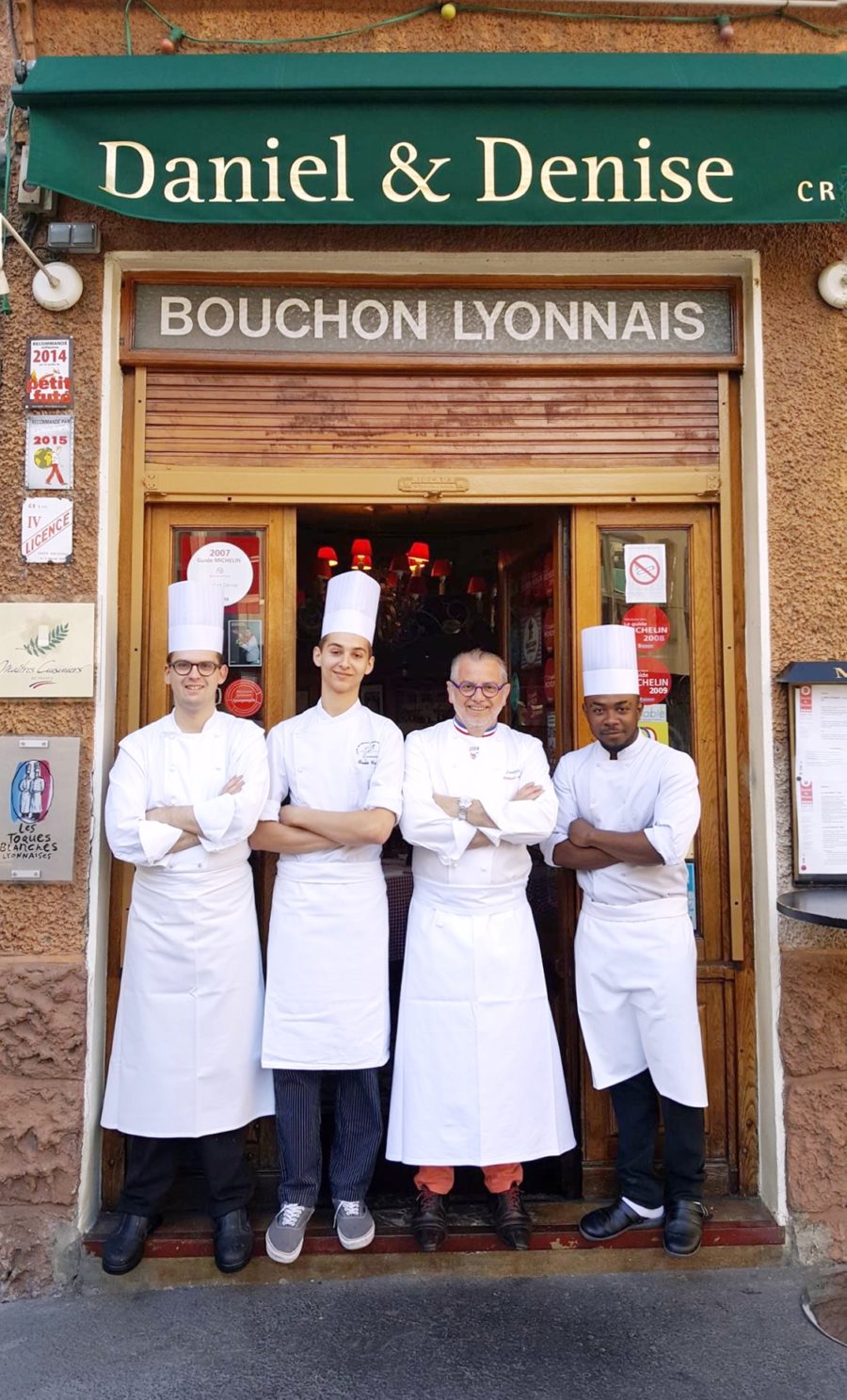


Lyon is France’s third largest city. The jewel in the region of Auvergne-Rhone-Alpes and the gourmet capital of France (or perhaps the world). From Paris, it’s a short two-hour high-speed train ride south. There are more than two million year-round residents. Come summer the number swells and the city sags with tourists. If Paris has its Seine dividing the city into Left and Right Banks, Lyon is wedged in by two great rivers – the Rhône and Saône of which one has to cross either side of a bridge to get into its center peninsula. Its dynamic cultural life lends an air of sophistication as well the energy of a university town where talent and ideas surge and coalesce into one, like the rivers that flow through the city.
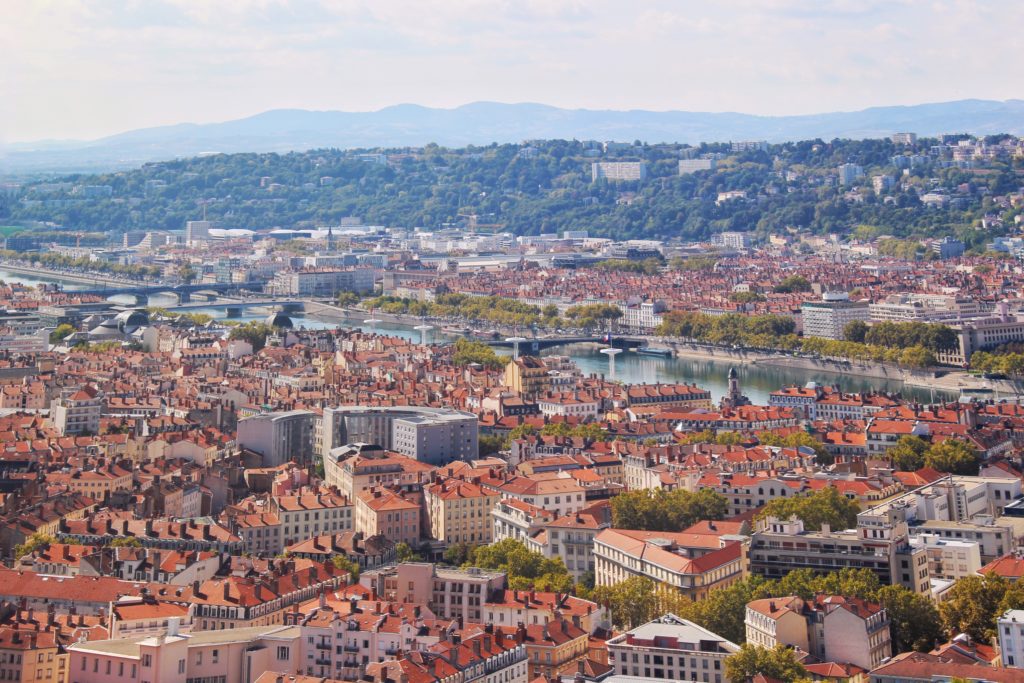

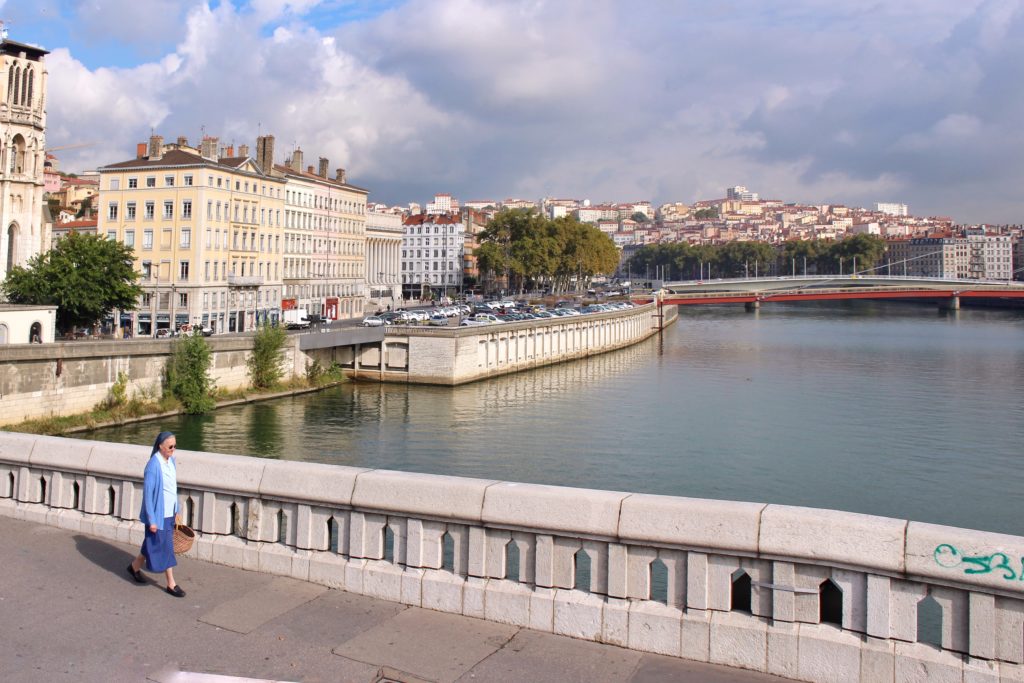

As most visitors who have traveled to Lyon and spent time at the kitchen table acquiring the wisdom of nouvelle cuisine, I came to the city in pursuit, not of the ‘meal-of-a-lifetime’ or to feed the soul with food, but rather with the sights. After all Lyon isn’t just all about food – delicious-to-die-for-food, kitchen revolt, bouchon, Brazier, Bocuse and Boulud (like a holy trinity – Eugénie Brazier aka Godmother became in 1933 the first chef to command six Michelin stars, Paul Bocuse whose name is as holy as the Pope in the culinary world; and Daniel Boulud, a New York sought after chef born in Lyon and a global culinary sensation), it is also as any frequent traveler knows, a place that captures a promise of new discovery and incredulous nostalgia.
To orientate myself, I began my peregrination at the very heart of Presqu’ile or peninsula, Place Bellecour. From here – le point zéro, all distances from Lyon are measured. A towering statue of Louis XIV presides in the middle of the square as if demanding one’s attention to look up and exalt the French’s Le Roi Soliel (the Sun King). From where I was seated, I caught a glimpse of another statue, a more modest Prince and his creator, Lyon’s illustrious son and author, Antoine de Saint-Exupéry.
There is not much in the square that is challengingly exotic to see. There is a Ferris wheel, a couple of small café’s and a tourist office. Yet, the open space ushers a quotidian rhythm and a lure for tourists, romantics, students, protesters and the devout – le tout Lyonnais, if not idling around, are busy picnicking on baguettes, wines and cheese. It is in the afternoon during sunset that the beauty of the place unfolds where the square’s dusty red earth mirrors the crimson glow of the setting sun.
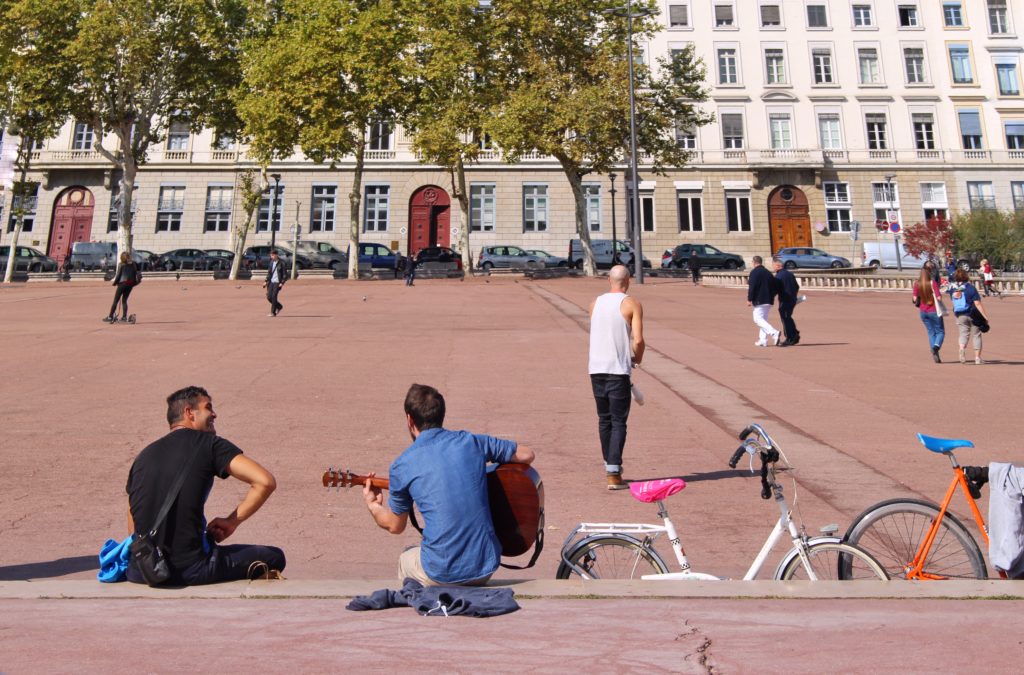

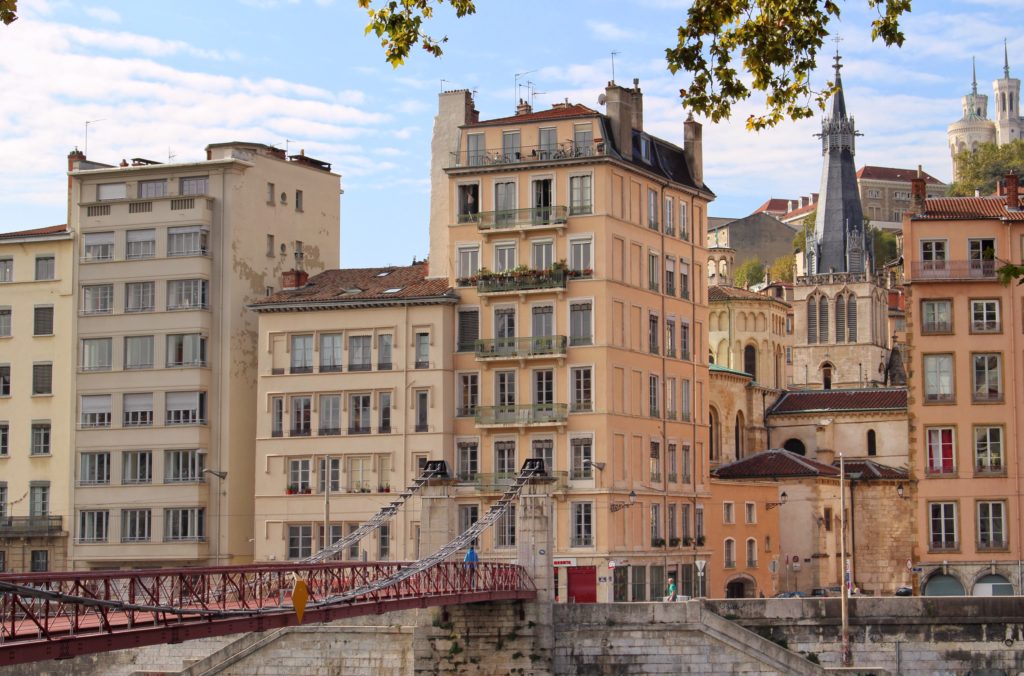

From Place Bellecour, I pulled out my map and checked the four major thoroughfares that run through it. At Rue du Président Édouard Herriot, with its string of luxury shops, one is greeted by a throng of shoppers parading the street all the way to the Place des Terreaux, a smaller square that houses the Lyon Fine Arts Museum. A modest collection of antiquities as well as works from Matisse, Picasso, Rubens and several French impressionists can be found in the museum.
I gravitated towards Rue de la République. It can feel like a miniature Paris as one passes along Haussman-style apartment buildings. The old and the new seem to have found their way in some of the city’s edifices. There is the unmistakably old Hôtel de Ville, Lyon’s city hall. Opposite, is the Opera Nouvel. At quick glance, an observer can easily say that the Opera is an ‘architecture tour de force’ of which the old structure is augmented by futuristic design with its steel and glass barrel vault. It was as if a Lyonnais was telling La Mere France that this is the way forward. A bold assertion of change and opposition against the tradition. The two remaining major thoroughfares, rue Victor Hugo and rue du Plat lead to Perrache, the city’s old train station in the 2nd arrondisement.
Crossing the river Saône on the Pont Bonaparte, following my Airbnb host’s advice, I took the furnicular up to the hilltop at Fourvière. My ascent was rewarded by a close up view of Lyon’s most iconic monument; Notre Dame de Fourvière, a long-distant cousin of Montmartes’ Sacrè-Coeur Basilica in Paris. Inside is a lavish decoration of Romanesque-Byzantine-style gilded mosaics and stunning stained glass windows dedicated to the Virgin Mary. The Basilica has an amazing hold on the Lyonnais and those that visit.
To locals, it is a physical representation of a continued gratitude to the Virgin Mary who is believed to have spared Lyon from the Bubonic Plague or Black Death that swept across Europe in 1643. The plague has long gone, indistinct in one’s collective memory but every 8th of December, the city attempts to remember that chapter of history. Candles are being lit on every widow sill illuminating the city to commemorate the Virgin. Dubbed as Fete de Lumieres (Festival of Lights), the joyous event is celebrated with lights and splashing LED pageantry. For travelers around the world, the basilica offers an unobstructed view of the city that has endured a bleak history and continues to be a city of becoming.
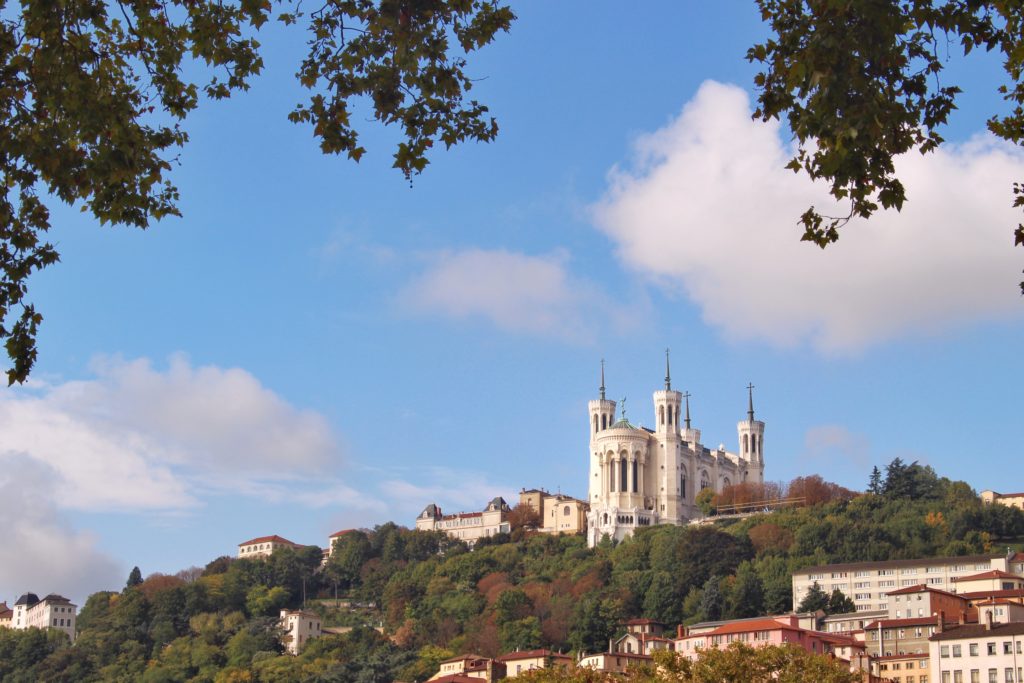

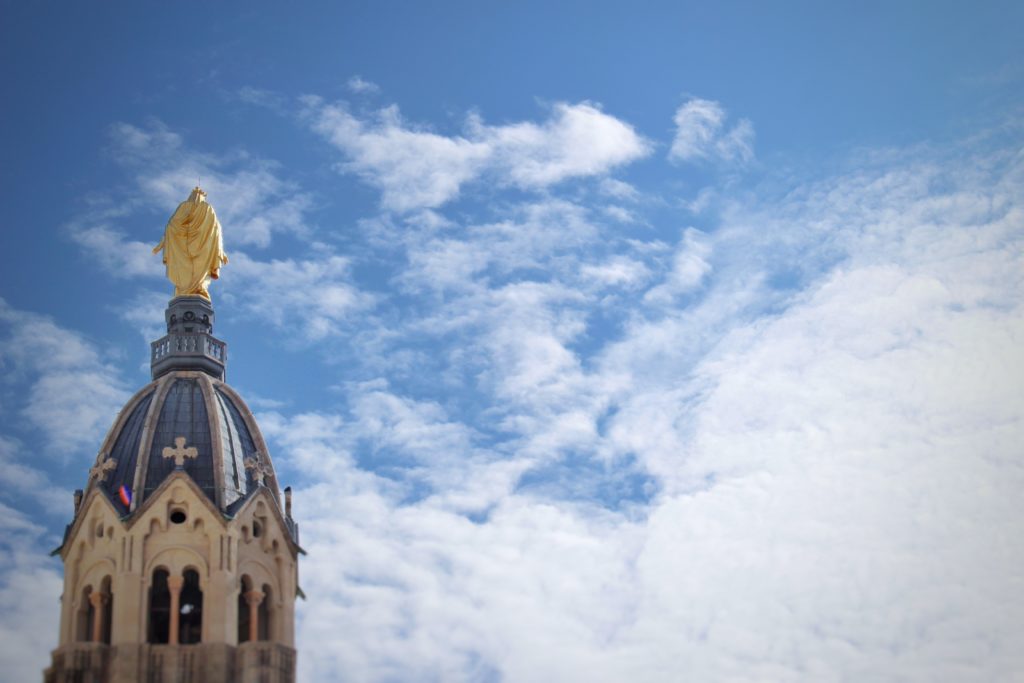



A few meters away heading east, I came across the remains of a Roman colony that had established a sense of community around 43BC. A grand theater spread out on an empty field and a small odeon can be seen. Students sprawled with their backpacks and grazed around the theater like the former Lugdunum spectators did long ago. It made me wonder what were they thinking of at that moment and how they felt. Relics like these allow the observer to feel emotions that oftentimes benefit the soul.
I made my way back slowly down the hill to the historic quarter of le vieux Lyon. A maze of streets that merge into into alleyways awaited me in the old town. Old buildings that spoke of a bygone era still remain and are remarkably well preserved. Here are tenements that gave way to somber looking courtyards, where lives have come and gone. I have taken a liking to a few unmarked passageways known as traboules running perpendicular to the river. In so many ways it induces a distinct and nameless feeling of calming strangeness that exists outside the urbane.
Back in the days when silk was Lyon’s greatest powerhouse, these passageways acted as a link for Lyon silk workers to quickly access the river and their homes while delivering merchandise efficiently without getting soaked come the rainy season. Secret meetings were also held in the traboules during Nazi occupation. I imagined the many hushed conversations on resistance being the subject of most talks throughout the WWII.
I crossed back over the Passerelle du Palais de Justice footbridge and crossed again until I reached the peninsula. Passed a few shops, I meandered along the narrow pedestrian rue de la Monnaie. Place Bellecour was close by. Café’s and restaurants dotted the street. Before circling back to where I started – le point zéro, I went to one of the many café’s and ordered a hot chocolate and croissants. The afternoon chill started to drift like a fog in the winter. Perhaps there is nothing more suitable than sitting in a café and spending what remains of my afternoon looking around.
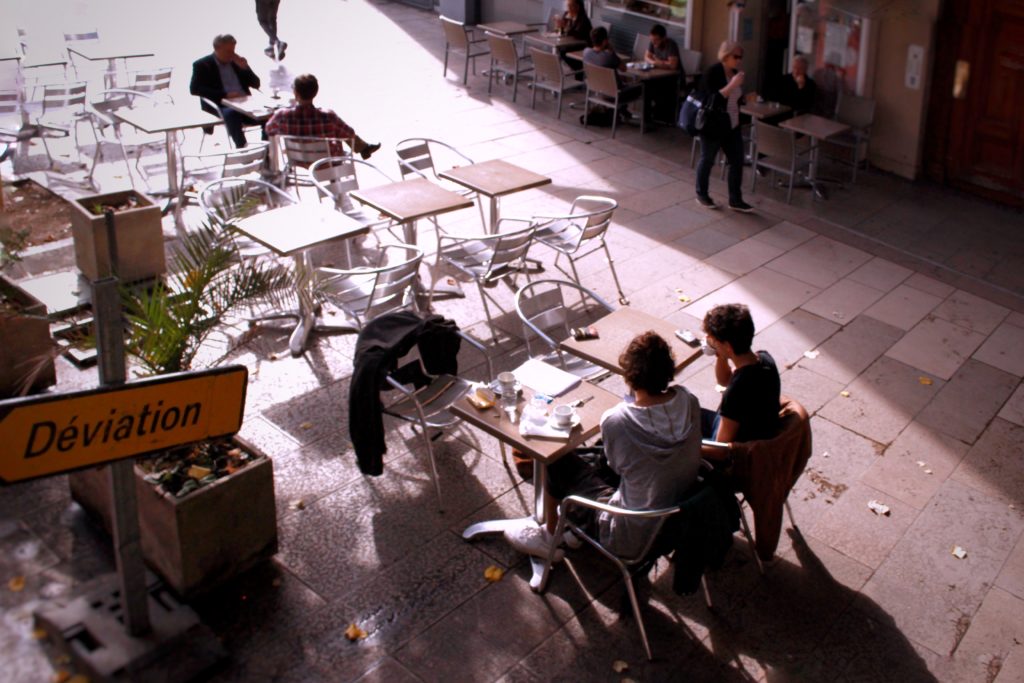

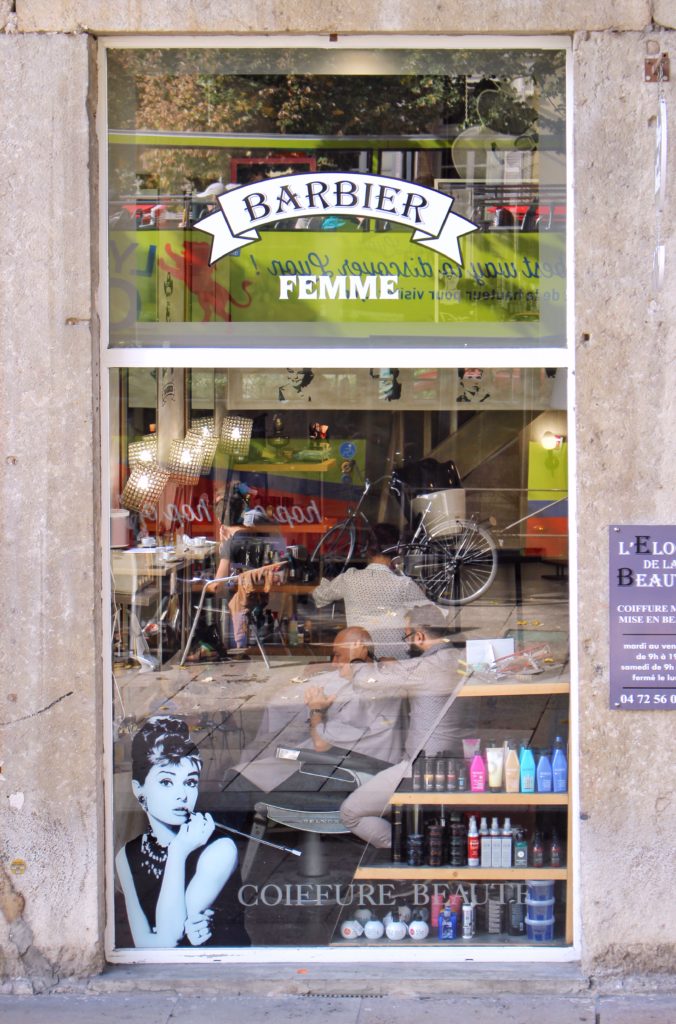

I watched construction workers pause for a break as they slapped three euro coins on the wooden bar for a small glass of rosé. Old men encircled themselves with cigarette smoke while engaging in serious long philosophical chat. At a corner, lovers locked in an embrace, kisses land on cheeks, lips, necks. A group of musicians tried to cross the street before a bus load of tourists. At the opposite café, heads floated in windows like ghosts. A flat-chested woman struggled to tuck a baguette on her arm while a mother skillfully pushed two strollers passed tall teenagers – all infinite variety of the human form.
I dipped my croissant in my cup of hot chocolate and let it soak as how the city enveloped me with its act of conviviality. To dine in Lyon is to see and perhaps know a city of a peculiar restless character. For the short fleeting summer months, Lyon becomes a fitting escape not only for pilgrims of culinary journey trying to feed their souls with ‘manna’ from Michelin restaurants or deeply-rooted bouchons, but also without a doubt immerse oneself in the city up-close through its sights promising to benefit the hungry soul.
BUTTER MY BAGUETTE
This website made of love strives to produce FREE CONTENT.
Help me tell more stories and keep this website free of any advertisement by supporting Flying Baguette in inspiring more people and connecting you with other cultures and communities around the world. Donate a little or as much as you can afford to keep the magic of Flying Baguette going for years to come. Support by clicking the icons below ⬇️
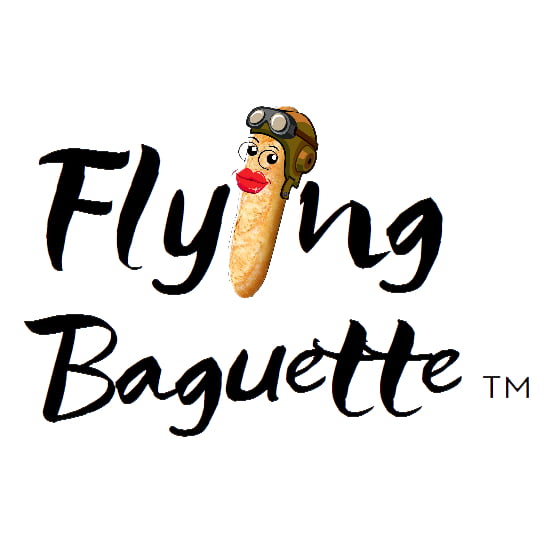




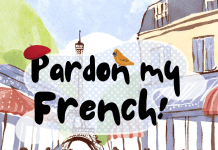

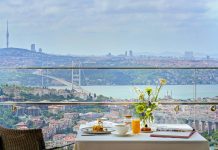






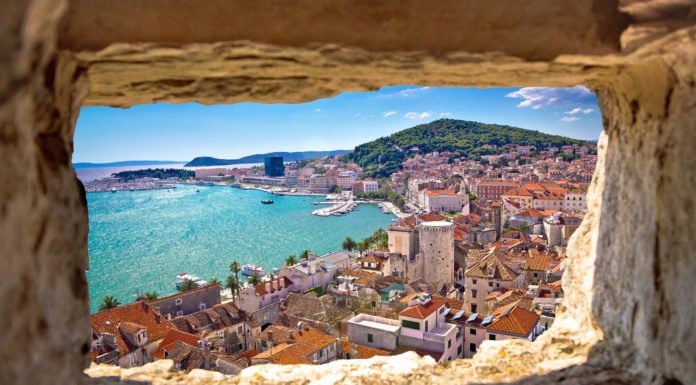





I’d never considered visiting Lyon until now!A The description of the city, its architecture, lifestyle and food transported me to Lyon and made me want to eat a croissant and dip it in some delicious hot chocolate. After all, Lyon isn’t just about food, but no one can deny the delight of sitting and watching people go by while savoring a comfort for the soul 🙂
A very evocative take on this wonderful city – it really lead me along a path of commentary that gave the city such a beautiful edge.
I had never realised that the city sits between two major rivers and that they are such a big part of the make-up of the city.
I really shouldn’t have read this at breakfast when you were talking of hot chocolate and croissants – my favourite breakfast – it made my bowl of muesli pale in comparison!
Lyon strikes me really as a lifestyle place, where you come for the food and just enjoying a slower pace of life, e.g. people watching and coffee drinking whilst soaking up the warmth of summer surrounded by a historic setting. It’s not necessarily the biggest pull for me but I wouldn’t mind seeing the Rubens and the remaining city structures that were shaped and influenced by its former silk trade.
Carolin | Solo Travel Story
oooo, I never considered dipping a croissant into my hot chocolate — I must try it, even though I don’t have any Lyonnaise chocolate left.
I enjoyed revisiting some of my favourite spots in Lyon with you. The traboules fascinated me with the beautiful curving stairs and mysterious vibe. Lyon’s food scene is a huge draw for foodies but my wanderings around the streets and exploring the old town are the strongest and most treasured memories.
Lyn | http://www.ramblynjazz.com
I do admit that Lyon was on my radar because of the food (i mean, hot chocolate dipped croissant anyone?) and I do want to visit more of the France countryside, so thank you for challenging my stereotype and open my eyes to other things Lyon has to offer visitors.
A hot chocolate soaked croissant is the perfect accompaniment to people watching, I’m sure. And while I know Lyon isn’t just about the food, everyone needs to eat, right?! But Roman history and architecture will keep me entertained between sweet, delicious pastries if I make it to Lyon. Which, by the sounds of it, is well worth the trip
We haven’t visited Lyon but have heard great things about it and this wonderful post has enticed us further. I didn’t realise what a beautiful city it is and how many historic sites through the ages remain to be seen. Of course the cuisine is always a major attraction for us, and we would love to explore the city’s culinary delights, from the humble to the sophisticated. Although, perhaps, we might visit out of season, to avoid the crowds, if the restaurants would still accommodate us?
Mitch & Colin from Very Tasty World
I recently re-read the book ‘Frenchwomen don’t get fat’. Can it be true, and how do they do it, with so much temptation all around?! Must visit Lyon next time I’m in Europe 🙂
What a lovely article – it seems that you really got the feel for the place. I too love sitting in a cafe and people-watching in all its forms.
Hi Hannah, it’s lovely to read you here and thank you for taking the time reading the post. To many, Lyon is indeed that famous city of food and gastronomy but I guess it’s more than that. It has its certain charm that makes a traveler appreciate the lackadaisical and slower pace of french la vie 😉
This post brought back so many great memories. I loved my visit to Lyon!! Thanks for sharing!
Bonjour Lannie 😉 merci beaucoup for reading the post and for your lovely comment. Lyon is truly a remarkable city that captivates the senses and above all, the soul.